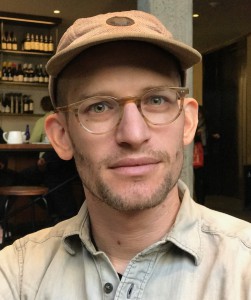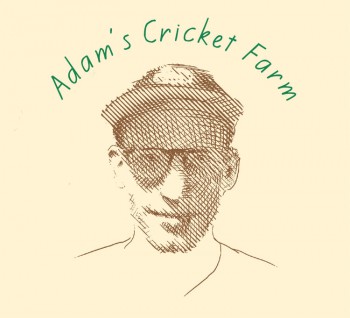 Interview with Adam Brody, founder of Cricket Farm New York
Interview with Adam Brody, founder of Cricket Farm New YorkThe aim of Cricket Farm is to empower people to play an active role in changing their attitudes about eating insects as food. In a perfect world, I would like for every home–or at least every town– to have a cricket farm. On a deeper level, the project is also about people having a more connected relationship to the deep human experience of caring for an animal that will ultimately become supper. Even though crickets are not as “complex” as mammals and birds, they are still profoundly alive and special. As some insect farms move to automation and AI farming, I think humans ultimately miss out on this experience.
What does “nomadic farm” means?
Could urban farming (in general) be an effective contributor to our food safety (in terms of food availability)?
Yes, I think so! My goal is that insect farming becomes more of a domestic and community endeavor, instead of a large-scale commercial enterprise. As insects become more popular as a consumer-based product, they must be produced in factories, shipped in trucks, stored in warehouses, and put on shelves in markets. These supply chains are connected to all of the other environmental and social problems that mass-production causes and are also subject to the vulnerabilities that mass-consumption is subject to, in terms of food safety. Furthermore, the commercial resources and infrastructure necessary for mass-production reduce the environmental benefit of eating insects in the first place. I think we’ve already seen, with the popularization and commercialization of the organic food movement, that if we want actual change, we need to address the systems themselves, not just the nature of the products that are being distributed.
What are your plans for the next two years?
I’m planning to create a curriculum for teachers that will introduce their kids to cricket farming and making a cricket farm as a classroom project. Exposing children to eating and raising insects is a grassroots endeavor, and in many ways more of a long term investment than converting “early adopter” adults to entomophagy. I also plan on opening a non-profit storefront that is a model cricket farm in New York City, where people can learn more about raising crickets and eating them. I also think it will be a wonderful oasis from the city, to sit and listen to the wonderful singing of crickets.





